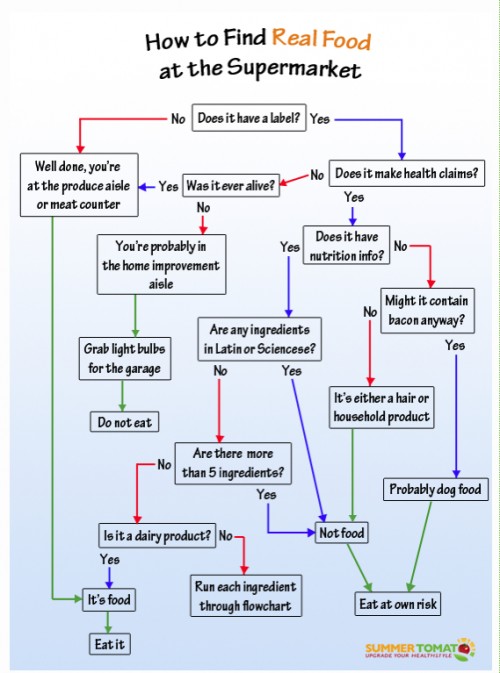Is GM alfalfa the new Cold War? USDA urges peaceful coexistence.
The USDA seems to be paving the way for approval of genetically modified (GM) alfalfa with pleas for coexistence and cooperation. These will be needed. Organic alfalfa is the mainstay of organic animal feed. Organic standards exclude GM. But pollen from GM alfalfa transmits GM genes to organic alfalfa.
In releasing the Environmental Impact Statement on GM alfalfa, USDA Secretary Tom Vilsack used Cold War rhetoric:
We have seen rapid adoption of biotechnology in agriculture, along with the rise of organic and non-genetically engineered sectors over the last several decades… While the growth in all these areas is great for agriculture, it has also led, at times, to conflict or, at best, an uneasy coexistence between the different ways of growing crops. We need to address these challenges and develop a sensible path forward for strengthening coexistence of all segments of agriculture in our country.
USDA is working hard on this one. It held a stakeholders meeting to discuss the issues. Secretary Vilsack also wrote an open letter to stakeholders pressing the need for coexistence:
The rapid adoption of GE crops has clashed with the rapid expansion of demand for organic and other non-GE products. This clash led to litigation and uncertainty. Such litigation will potentially lead to the courts deciding who gets to farm their way and who will be prevented from doing so.
Regrettably, what the criticism we have received on our GE alfalfa approach suggests, is how comfortable we have become with litigation – with one side winning and one side losing – and how difficult it is to pursue compromise. Surely, there is a better way, a solution that acknowledges agriculture’s complexity, while celebrating and promoting its diversity.
By continuing to bring stakeholders together in an attempt to find common ground where the balanced interests of all sides could be advanced, we at USDA are striving to lead an effort to forge a new paradigm based on coexistence and cooperation. If successful, this effort can ensure that all forms of agriculture thrive so that food can remain abundant, affordable, and safe.
The USDA is not going to back down on GM. But I see real progress here. At least—and at last—USDA recognizes the threat of GM agriculture to organic production.
We have an obligation to carefully consider…the potential of cross-fertilization to non-GE alfalfa from GE alfalfa – a significant concern for farmers who produce for non-GE markets at home and abroad.
I’m guessing USDA will approve GM alfalfa. Will approval include mandatory—and enforceable—safeguards to protect organic production? Let’s hope.
Addition: Guess what. Farm groups supporting GM alfalfa strongly object to Vilsack’s “coexistence” initiative. In a letter, the groups argue that the coexistence policy could “adversely impact all producers of biotech crops, as well as the integrity of the American agriculture system.”
Noting that USDA’s Animal and Plant Health Inspection Service concluded that RR alfalfa does not pose a plant pest risk, the groups accuse the Department of using motives beyond science to impose “unprecedented” conditions on alfalfa growers that they say may include isolation distances and geographic planting restrictions.
By “alfalfa growers,” they do not mean organic. Here’s who signed the letter:
- American Farm Bureau Federation
- American Soybean Association
- National Cotton Council
- National Association of Wheat Growers
- National Council of Farmer Cooperatives
- USA Rice Federation



